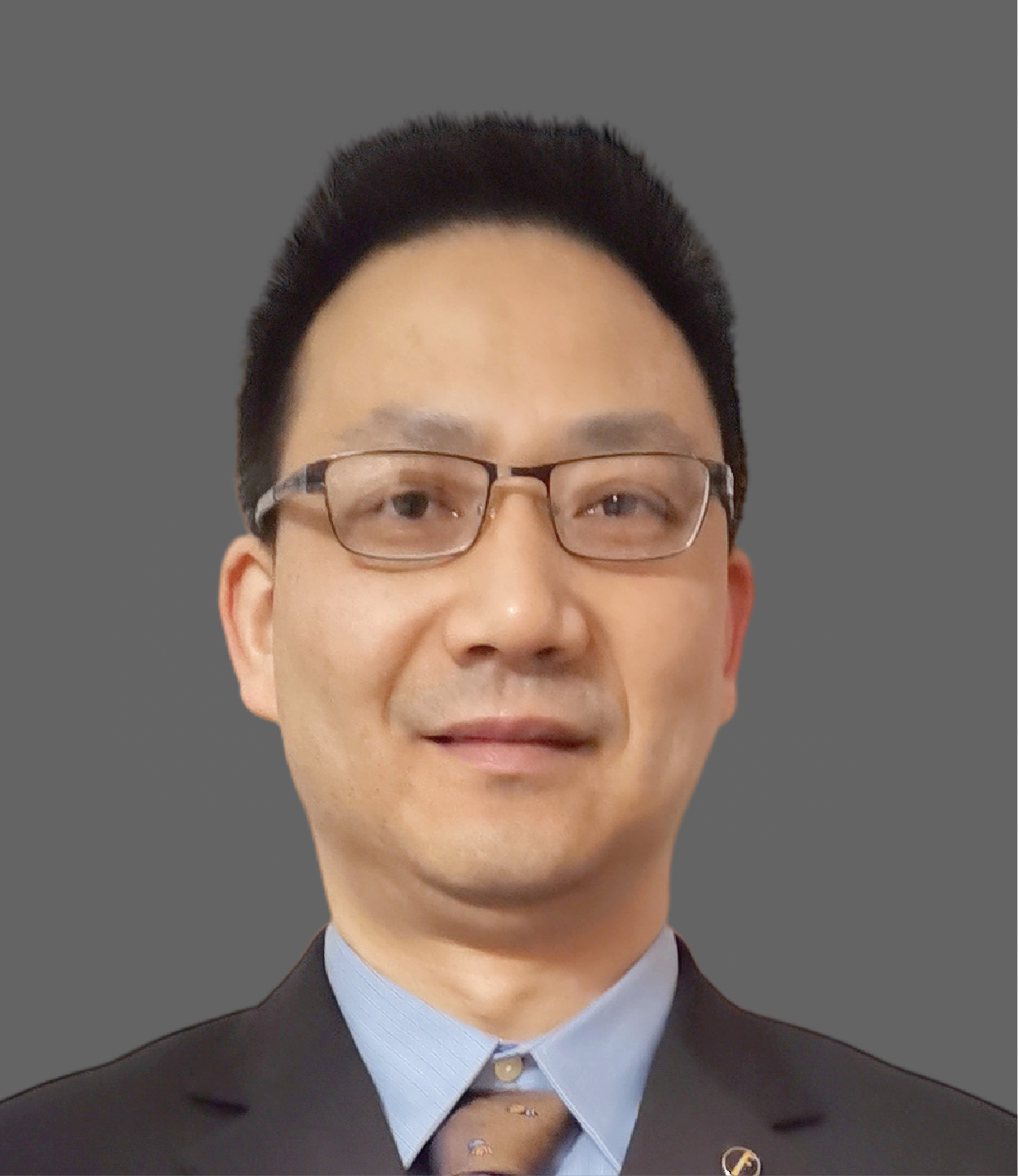
Professor
Research Interests
Using zebrafishand mice models, Dr. Zou's research interest is to understand the factors and mechanisms which control the death, differentiation and organization of retinal photoreceptors.
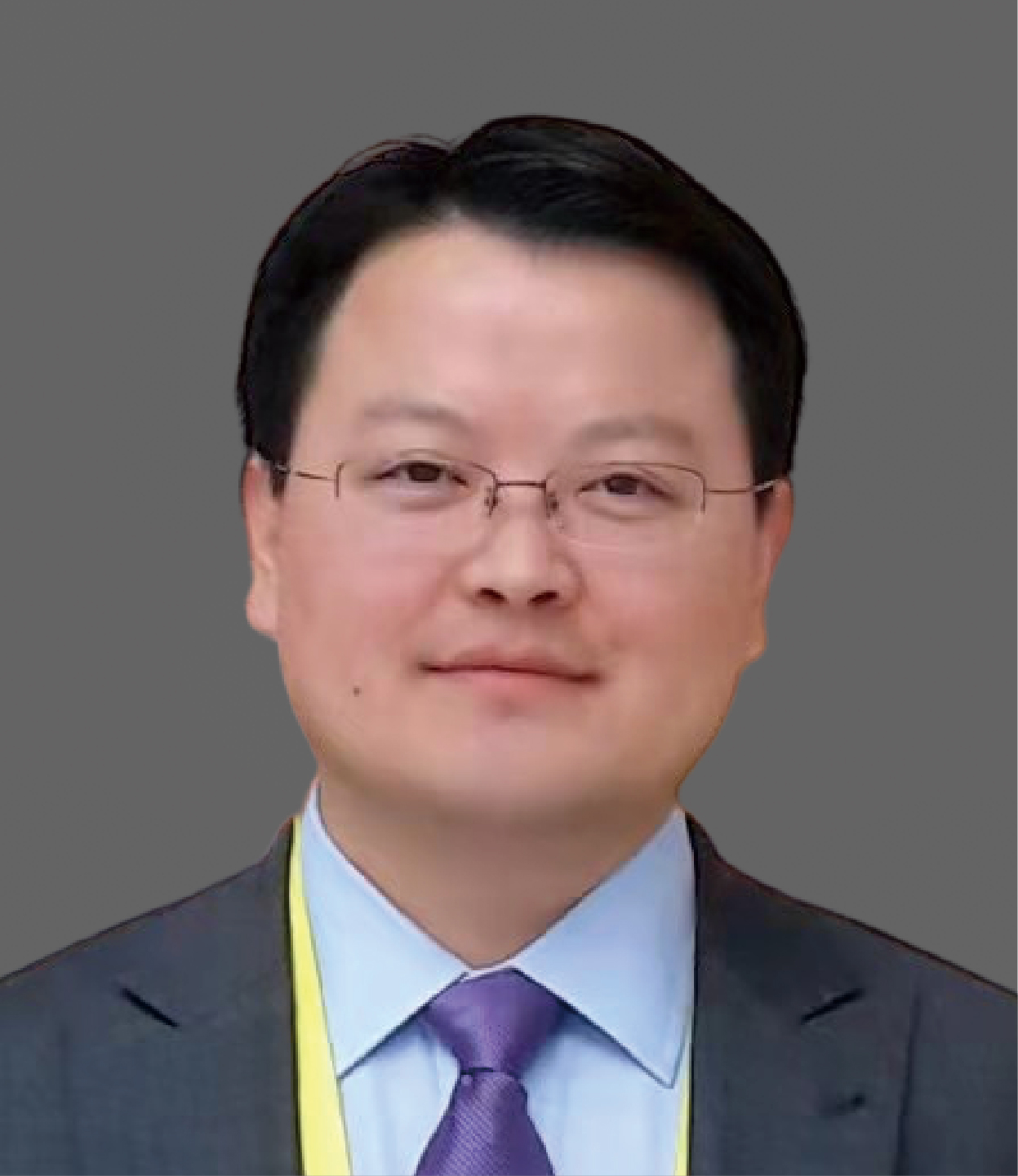
Professor,Doctoral supervisor
Research Interests
Research activities in Prof. Min Zhou's laboratory are primarily focused on three areas:
1.the development of targeted imaging probes for noninvasive characterization of molecular events associated with tumor progression and regression;
2.the development of new technique for real-time imaging-guided surgery;
3.the development of novel drug-delivery systems for selective delivery of diagnostic and therapeutic agents.
Molecular imaging probes used in nuclear, optical and magnetic resonance imaging modalities are designed to enhance the sensitivity and selectivity of early tumor detection, tumor-marker profiling, and the monitoring of early treatment responses. Targeted drug delivery, on the other hand, uses nanometric drug carriers to selectively deliver anticancer agents to the tumor to maximize their therapeutic efficacy and minimize their toxic side effects to the normal tissues. Their long-term goal is to apply the “seek and treat” strategy in the development of targeted imaging/therapeutic agents that will eventually be translated to the clinic to improve the management of cancer through early tumor detection and individualized therapy.
Research Interests
Molecular Imaging Probes, Drug Delivery Systems, Nanotechnology Research activities in the Zhou's Laboratory for Imaging Sciences are primarily focused on two areas: The development of targeted imaging probes for noninvasive characterization of molecular events associated with tumor progression and regression.
The development of novel drug-delivery systems for selective delivery of diagnostic and therapeutic agents. Molecular imaging probes used in nuclear, optical and magnetic resonance imaging modalities are designed to enhance the sensitivity and selectivity of early tumor detection, tumor-marker profiling, and the monitoring of early treatment responses. Targeted drug delivery, on the other hand, uses nanometric drug carriers to selectively deliver anticancer agents to the tumor to maximize their therapeutic efficacy and minimize their toxic side effects to the normal tissues.
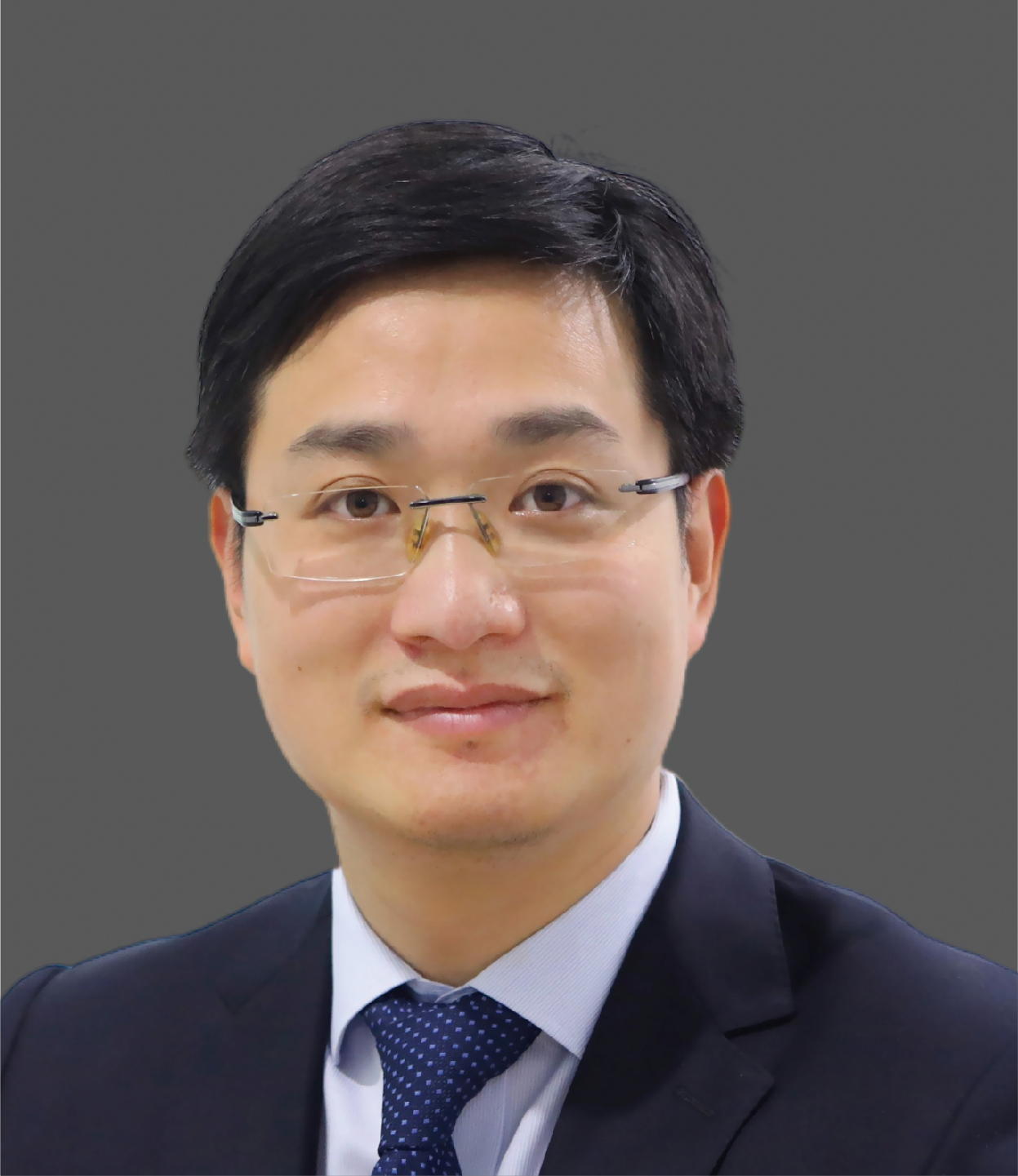
Professor,Doctoral supervisor
Research Interests
1. Service Computing and Technology (Monograph)
As a new computing discipline, service computing represents the latest development direction of distributed computing. It is a hot topic in academic and industrial circles. Service computing and technology systematically introduces the generation, concept, technology, methods, tools, platforms and applications of service computing. The whole book consists of 12 chapters. It is divided into three parts. The first part (first to 6 chapters) is an overview and basic technical part of service computing. This paper mainly introduces two basic technologies of service computing. That is, Web services technology and service-oriented architecture. It also expounds three important theoretical problems and solutions of service discovery, service composition and service validation. The second part (seventh to 11) service computing support tool and platform part, mainly introduces the development of Qian Tang Middle School of Middleware Technology Engineering Research Center of Zhejiang University in recent years under the support of several project funds such as national science and technology support program, National Natural Science Foundation and "863" project. The platform, details of the development background, architecture and key components and systems of supporting service computing technology are introduced in detail. The third part (twelfth chapter) is the application part of service computing, mainly taking the application of Yiwu global network as an example to introduce the application of service computing and its related technologies, methods and platforms in the electronic commerce industry of modern service industry. Service computing and technology can be used as reference books for R & D and learning staff of computer software, electronic services and related specialties.
2, Service Science: foundation, challenge and future development.
The contents of this book are mainly from the first German Conference on service science. The scholars and entrepreneurs with the knowledge background in the fields of computer science, information system, operational research and social science have explained the connotation and extension of the service science from their respective puties, and look forward to the good future of the service science. A new model of cooperation between academia and industry is portrayed. This book mainly introduces the following contents: the basis of service science; from four perspectives of economics, academia, industry and education, the service science: the discipline construction of service science; the combination of the theory of service science and practice; and the prospect of the development of service science. This book presents the front information of the service science to the reader to stimulate the discussion among scientists and practitioners in different disciplines and different enterprises, so as to build the service science into an independent subject.
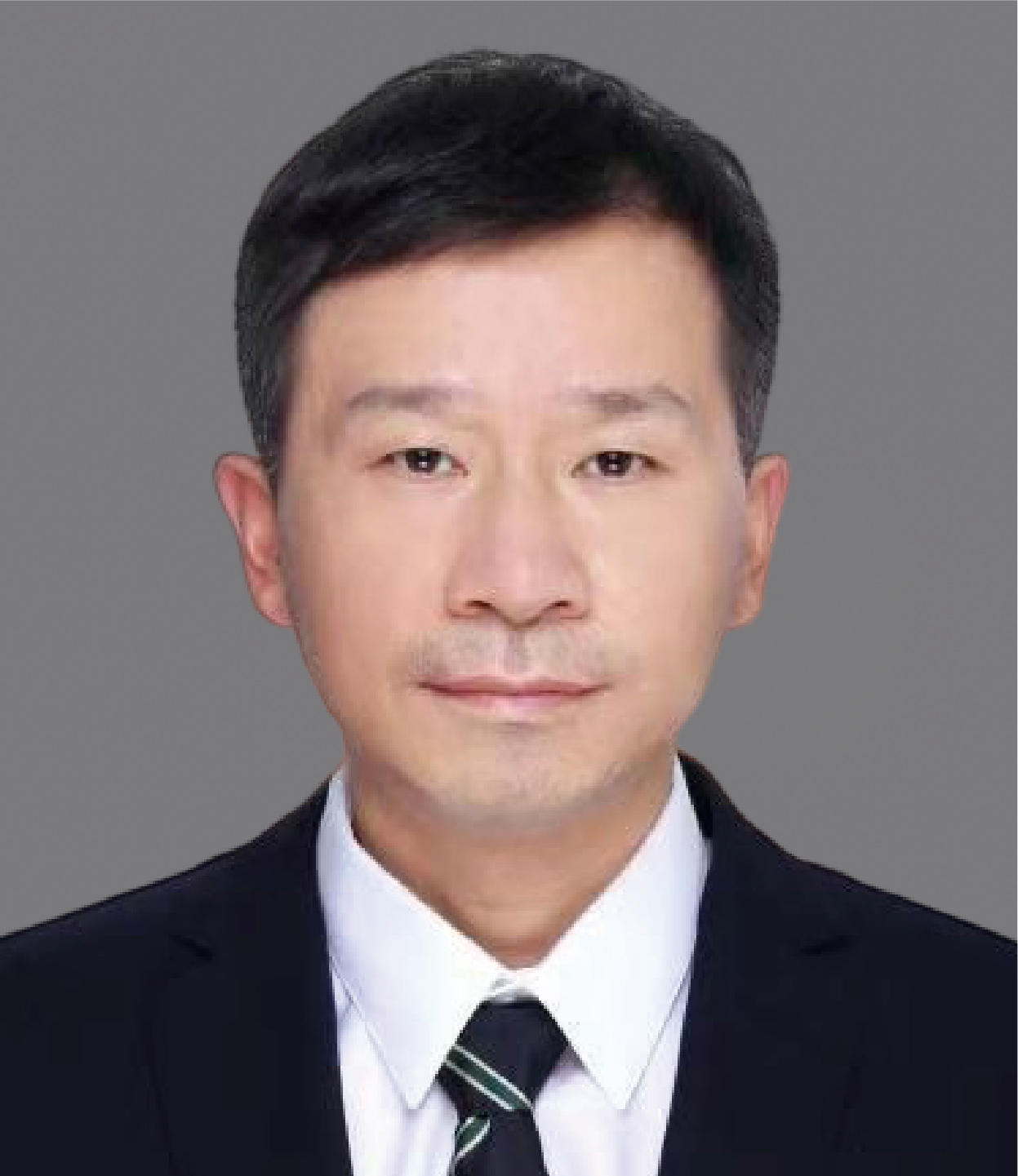
Professor,Doctoral supervisor
Research Interests
His primary research interests include Soft Materials & Soft Machines, Insect-Scale Robots, Mechanics of Composites, and Micro/Nano Mechanics. He has published more than 200 journal papers.
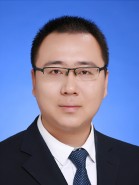
Assistant Professor (Tenure-track),Doctoral supervisor
Research Interests
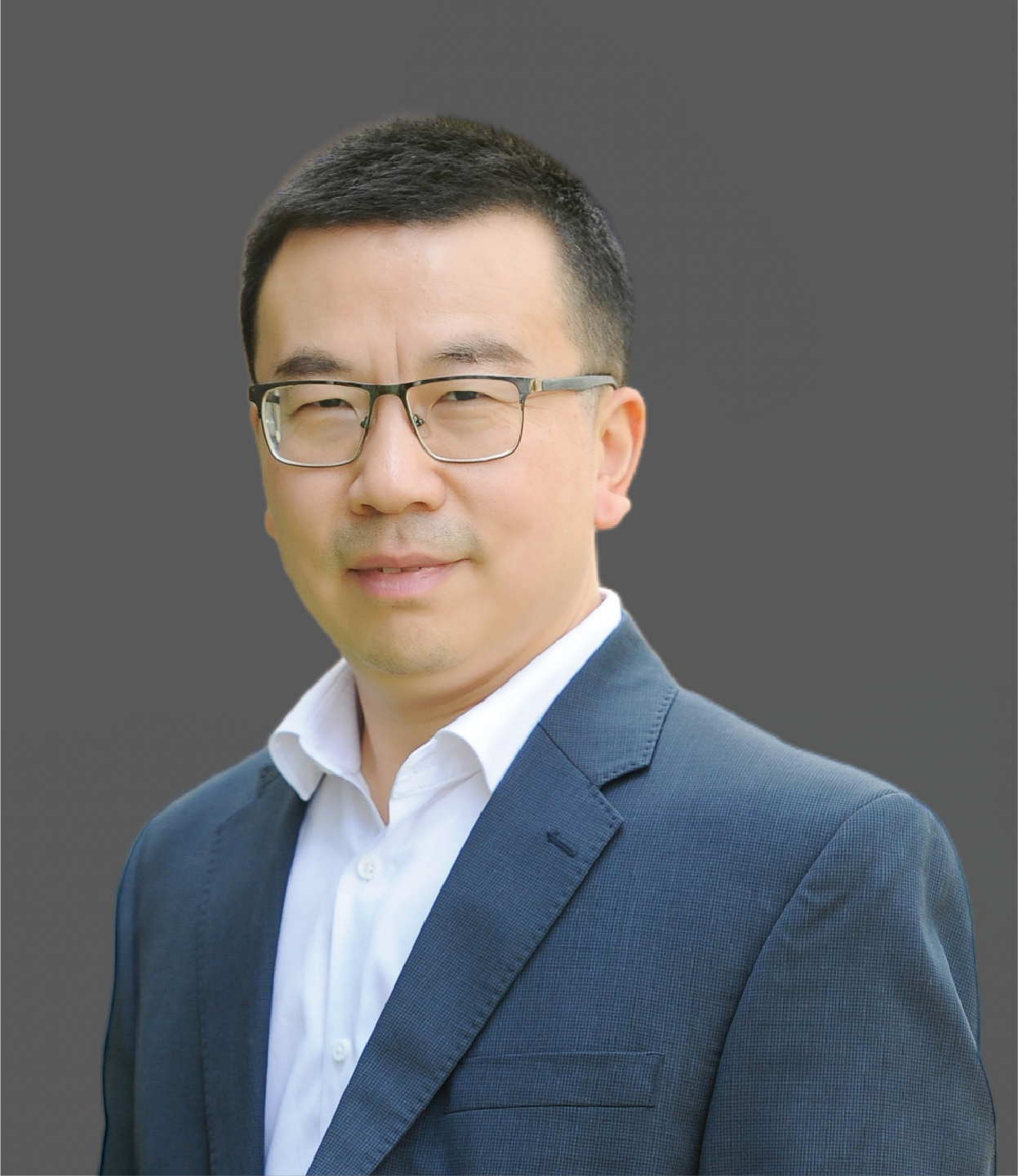
Professor,Doctoral supervisor
Research Interests
Somatic Reprogramming: The molecular mechanisms regulating human somatic cell reprogramming remain largely unknown. We are focusing on understanding the molecular regulators that influence reprogramming efficiency and quality. In particular, we are interested in understanding the role of epigenetic modifiers and metabolic regulators in modulating human somatic cell reprogramming. The study will provide insight into elucidating the molecular regulators controlling reprogramming and pave the way for improving human somatic cell reprogramming efficiency and quality for personalized regenerative medicine.
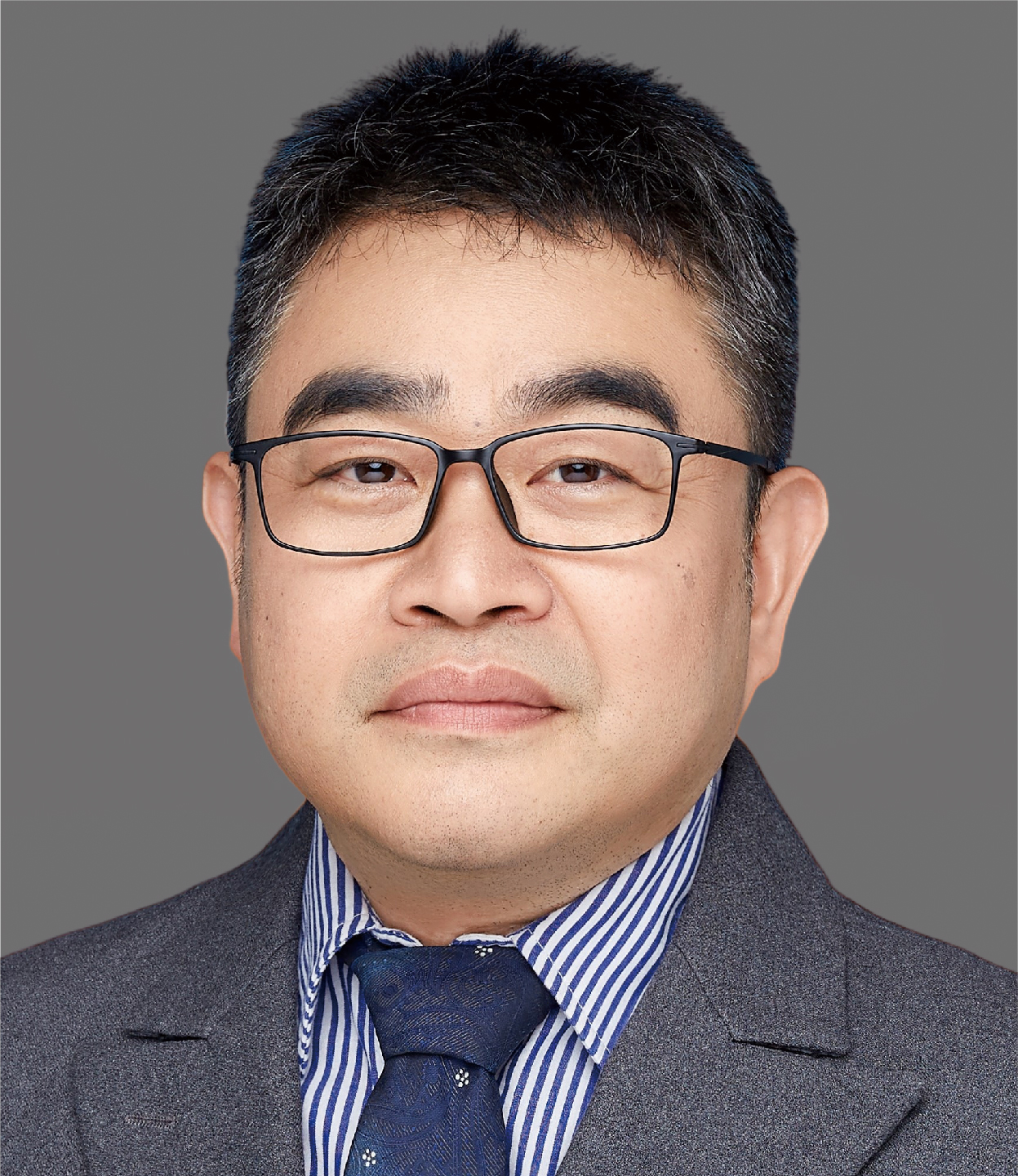
Professor,Doctoral supervisor
Research Interests
His main research interest focuses on polymeric biomaterials and biological interface. Based on the biomimic strategy, several supramolecular self-assemble methods were explored to develop biocompatible and biofunctional materials. Electrostatic self –assembly” method, which based on the alternating physisorption of oppositely charged polyelectrolytes, was explored to develop several functional multilayer coating onto biomaterial to represent the desirable properties, such as anti-coagulation, promote cytocompatibility and control release of DNA. In following the biological perspective of glycocalyx, the poly(ethylene oxide) comb-like copolymers were explored to engineer glycocalyx-mimic surfaces, which reduce the non-specific interaction and end-tethered ligand to trigger biomolecules self-assemble. Get inspiration of the cell membrane structure, a kind of cell membrane biomimetic micelles were developed via supramolecular aggregation of a biomimetic amphiphilies. The biomimetic nano-carriers show low toxicity and high cell uptake ratio, which might be suitable as a carrier vehicle for delivering bioactive agents.
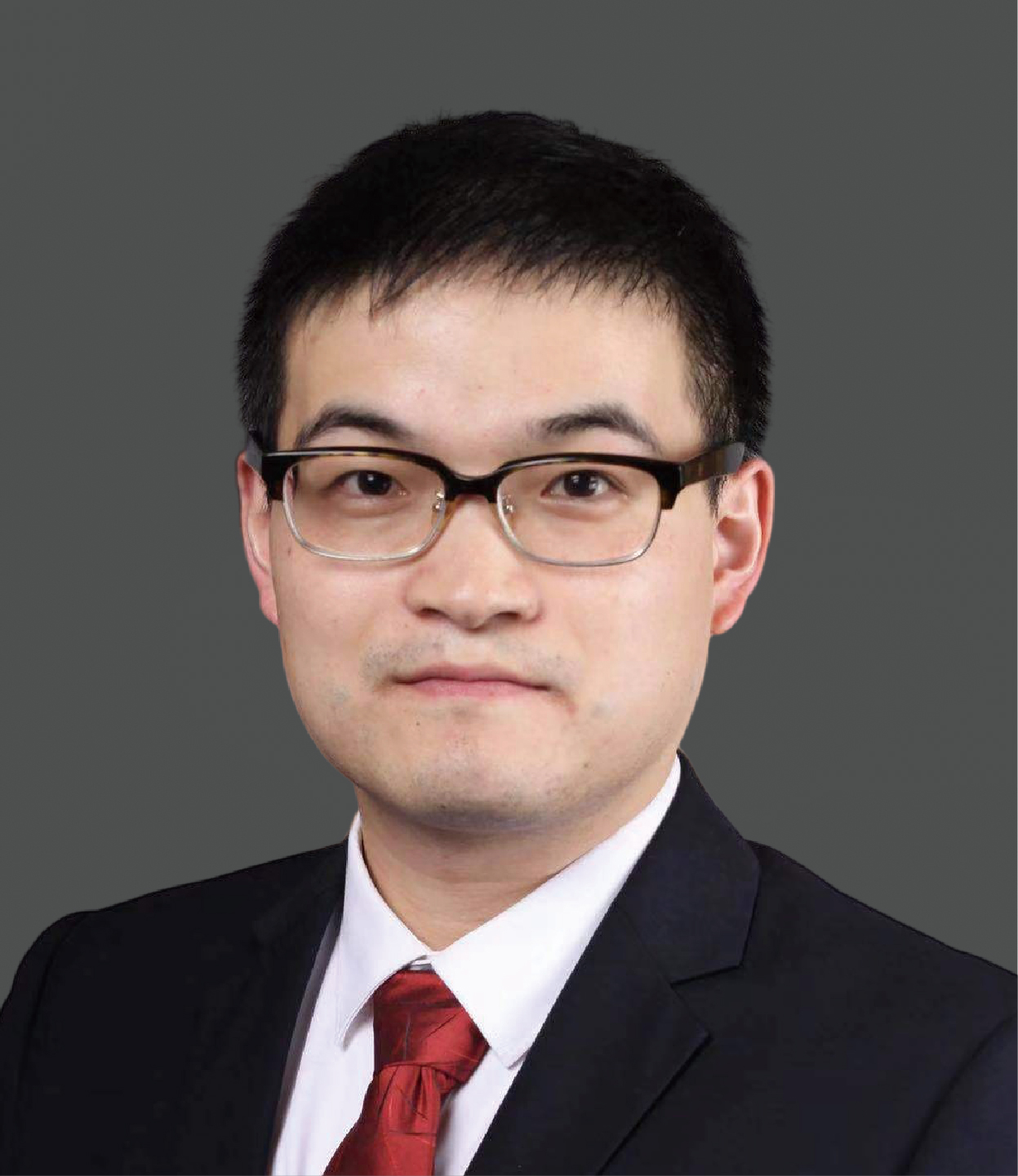
professor,Doctoral supervisor
Research Interests
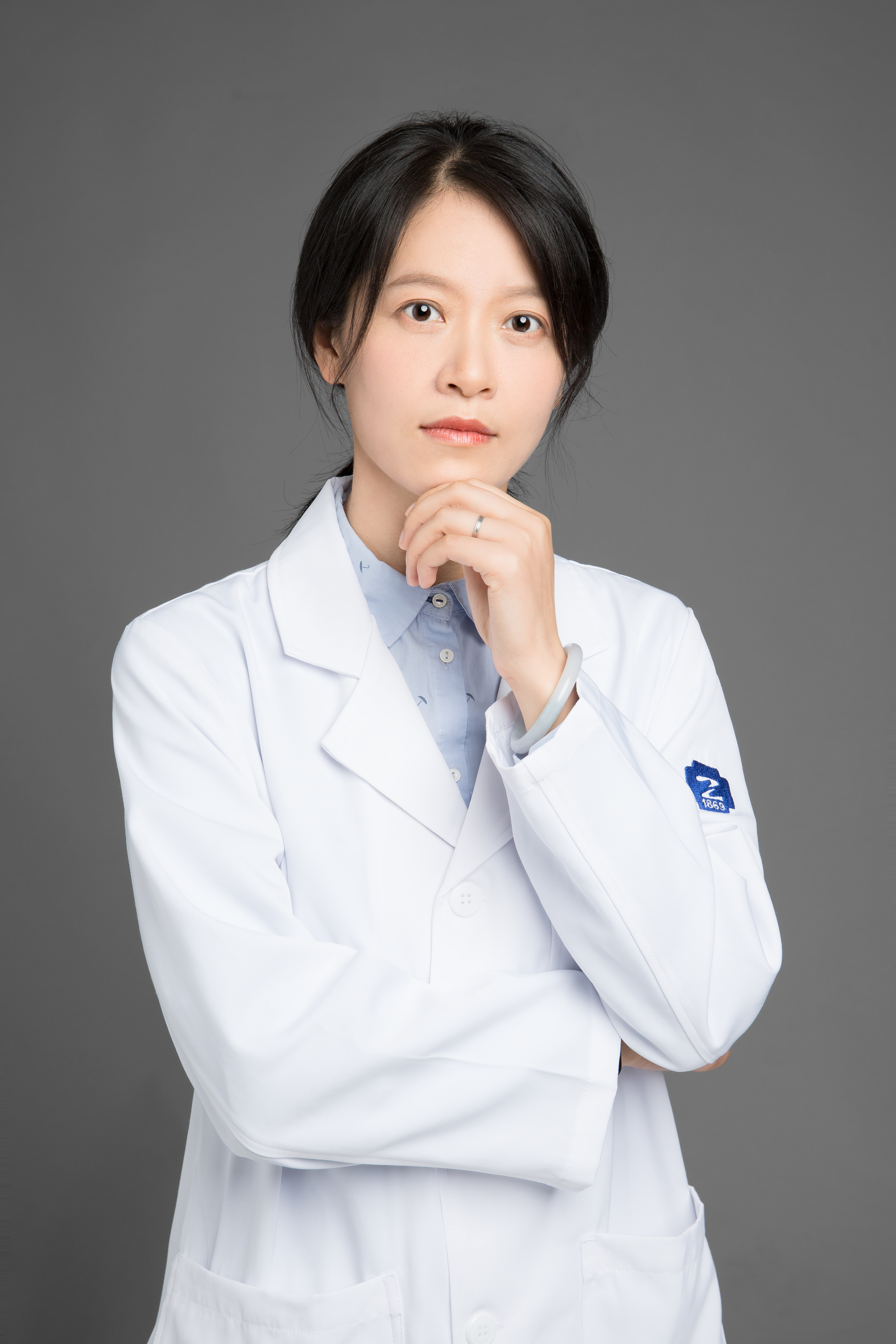
Associate Chief Physician
Research Interests
Lens regeneration and its application in cataract treatment, mechanism investigation of air pollution effects on ocular diseases.
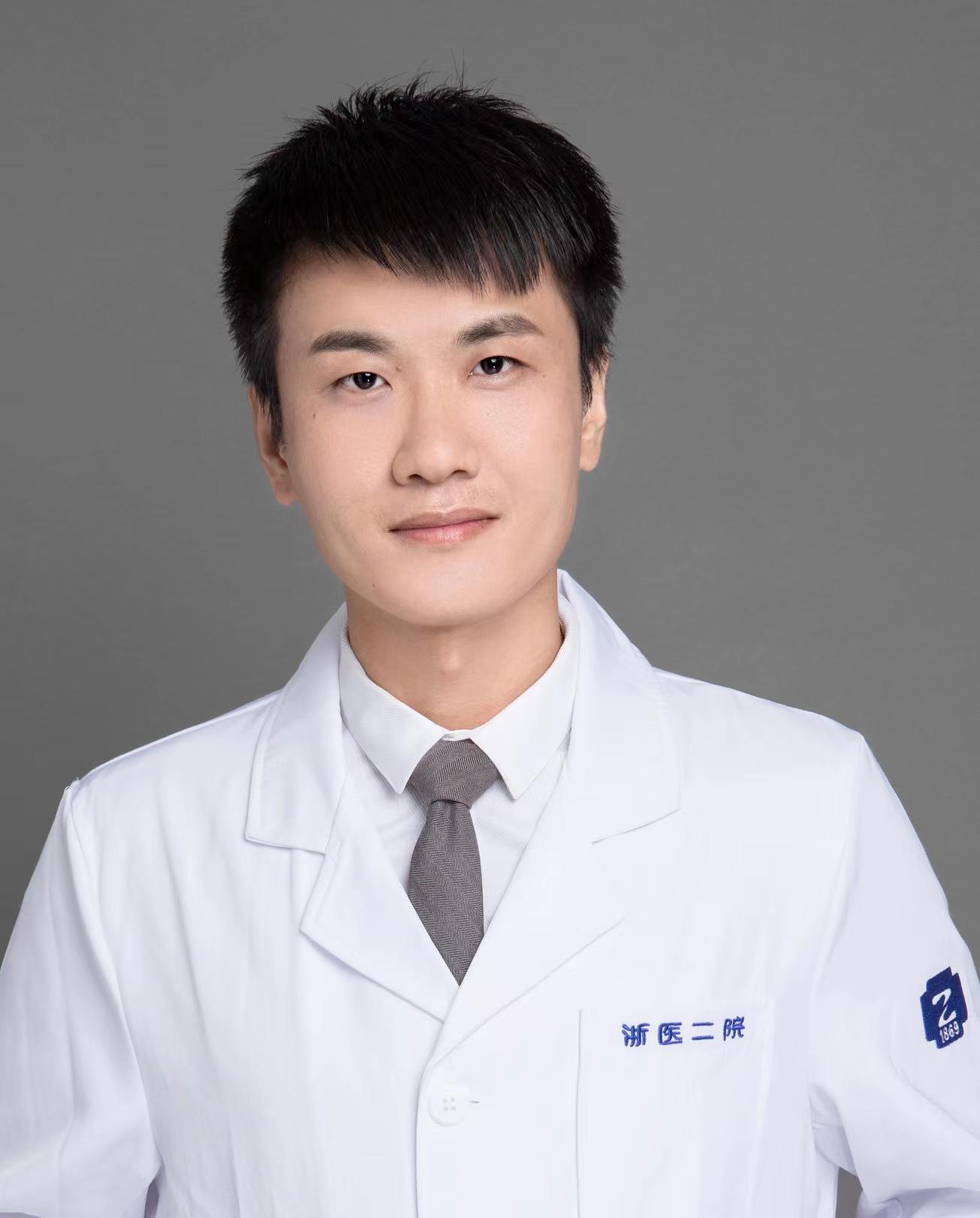
ADoctoral supervisor
Research Interests
1, Chen, X.J. *, Zhang, X.H. *, Hu, L.D., Yang, Y., and Yan, Y.B. (2016). DsCaf1 is involved in environmental stress response of Dunaliella salina. Int J Biol Macromol. 82, 369-374. 2, Wang, T. *, Chen, X.J. *, Han, J., Ma, S., Liu, Z., and Yang, Y. (2016). Effects of the cofactor binding sites on the activities of secondary alcohol dehydrogenase (SADH). Int J Biol Macromol. 88, 385-391. 3, Liu, H. *, Gao, Y.S. *, Chen, X.J., Zhou, H.M., Yan, Y.B., and Gong, H. (2016). A single residue substitution accounts for the significant difference in thermostability between two isoforms of human cytosolic creatine kinase. Sci Rep. 6, 211914, Zhao, L. *, Chen, X.J. *, Zhu, J. *, Xi, Y.B. *, Yang, X. *, Hu, L.D. *, et al. 2015. Lanosterol reverses protein aggregation in cataracts. Nature. 523(7562): 607-11. 5, Xi, Y.B. *, Chen, X.J. *, Zhao, W.J. *, and Yan, Y.B. 2015. Congenital cataract-causing mutation G129C in gammaC-crystallin promotes the accumulation of two distinct unfolding intermediates that form highly toxic aggregates. J Mol Biol. 427(17): 2765-81.6, Chen, X.J. *, Wu, M.J. *, and Yan, Y.B. 2015. Dunaliella salina Hsp90 is halotolerant. Int J Biol Macromol. 75: 418-425. 7, Li, X.H., Chen, X.J., Ou, W.B., Zhang, Q., et al. 2013. Knockdown of creatine kinase B inhibits ovarian cancer progression by decreasing glycolysis. Int J Biochem Cell Biol. 45(5): 979-986.8, Chen, Z. *, Chen, X.J. *, Xia, M.D. *, He, H.W. *, Wang, S., Liu, H.H., Gong, H.P., et al. 2012. Chaperone-like effect of the linker on the isolated C-terminal domain of rabbit muscle creatine kinase. Biophys J. 103(3): 558-566. Cataract, opacification of the lens, is one of the commonest causes of loss of useful vision. Its risk factors include genetics, environments and aging. In previous study, we have identified LSS (lanosterol synthase) is a cataract-causal gene. Its product lanosterol plays a key role in inhibiting lens protein aggregation and points to a novel strategy for cataract prevention and non-surgical treatment. The main research topics in our lab are:1, Studying the pathogenesis of cataracts and exploring the prevention and treatment strategies;2, Molecular mechanisms of protein folding and misfolding, and identification of small molecules which can suppress protein misfolding;3, Intracellular energy metabolism homeostasis and regulation.We hope that our research will help to develop effective treatments for protein-aggregation diseases, such as cataracts and neurodegeneration diseases.